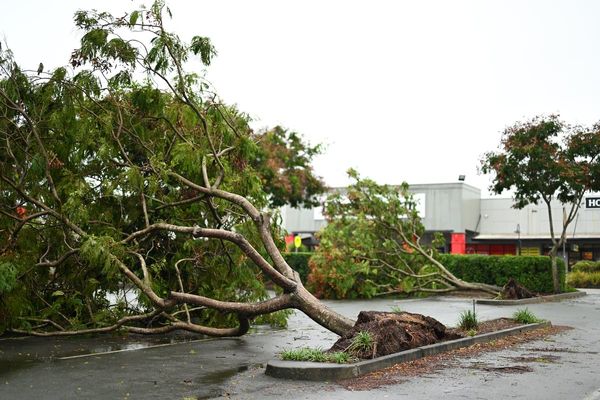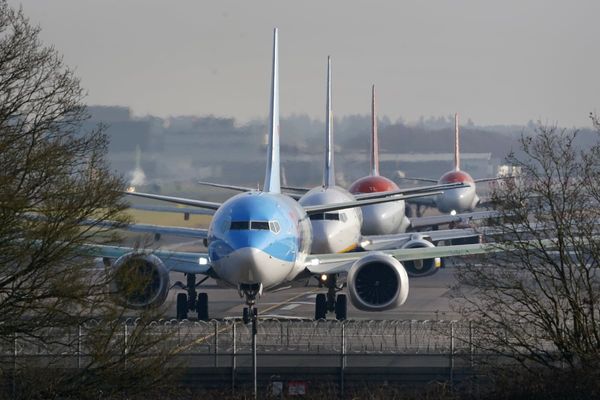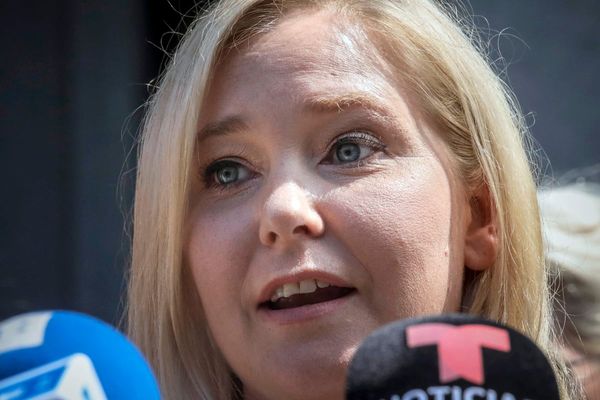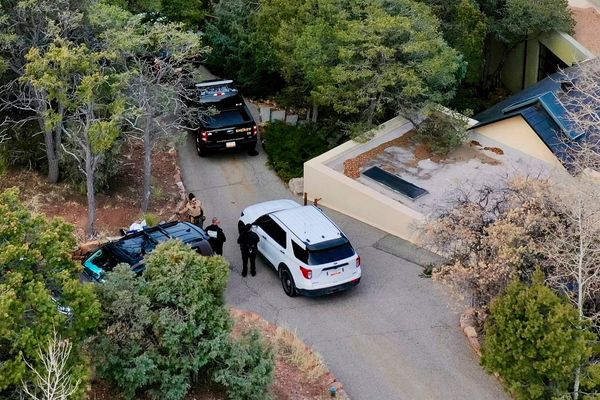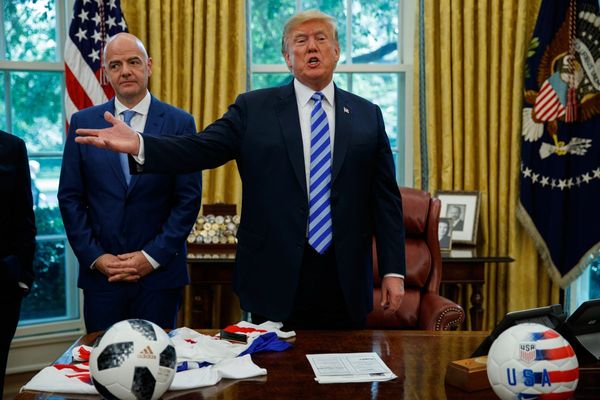
Only twice this season - in a treacherous wet shootout in Canada and last time out at Spa prior to serving a gearbox penalty - had he been even further in front.
With Charles Leclerc crashing and Red Bull team-mate Sergio Perez running some 1.313s adrift of Verstappen’s 1min10.567s flier, it was left to Lando Norris to complete the front row and double underline McLaren’s turnaround. He pipped Mercedes racer George Russell to finish as the runner-up.
But soon after celebrating - and noting how infrequently Verstappen makes a mistake to leave the door open to rivals - Norris bemoaned “one of the worst second halves [of a lap] that I’ve done”. He reckoned the first part of his Q3 lap was “mega” before the driver “peaked” too soon.
The early corners where Norris excelled
The GPS data indicates Norris was right to talk up the first part of his lap. Of the 14-corner, 2.65-mile Zandvoort lap, the McLaren driver was faster than Verstappen through to Turn 7. His first sector would prove 0.037s quicker.
Once the straight-line efficiency of the RB18 has again made itself known across the line, with Verstappen carrying 3.7mph more into the braking zone of Turn 1, Norris hits the first apex some 6.8mph faster to pull 0.185s ahead. The Red Bull fights back through the higher-speed Turn 2 snake but it’s the papaya machine that still leads by 0.083s.
Norris then begins to rebuild his near-0.2s cushion through the banked Turn 3. This rapid run through a tighter turn, like the first corner, reflects the peak downforce gains McLaren has made with its three-stage upgrade package.
For the kinked and undulating straight that follows, however, again the straight-line prowess of the Red Bull comes to the fore as Verstappen closes in. The delta drops to 0.069s, but it is still in Norris’ favour until Turn 7.

Where Norris’ lap fell apart
Verstappen’s 5mph higher exit speed from Turn 7 enables him to pull ahead of Norris. From this point of their final Q3 laps, the two-time defending champion will remain ahead. But the McLaren only trails by 0.058s come the approach of the similarly long, medium-speed Turn 8.
While the peak downforce of the MCL60 has been improved by the major car revisions, its mid-corner consistency is still a relative weakness. The team has noted all season that the chassis struggles in off-throttle situations and as the loads change through longer turns. This manifested itself with Norris falling 0.141s adrift through Turn 8.
The gap steadies at 0.1s through Turn 9 but then doubles. Come the tight Turn 11 at the bottom end of the back straight, it’s up to 0.3s. This can be explained by a driver error.
Out of Turn 10, Norris double shifts by accident. He jumps from third to fifth gear. Rather than lose out further by changing again to correct this, he holds it before waiting for sixth. Verstappen, meanwhile, pulls the paddle for fourth and doesn’t suffer the 2000rpm drop. As a result of this error, Verstappen is, at points, 7.5mph better off on the run to Turn 11.
The gap between the pair extends to 0.433s in Verstappen’s favour for the short run to the banked double corner that completes the lap. While Norris hits a higher top speed here and takes the first apex faster, he is no match for the RB18 on the run to the line as the speeds climb above 153mph. This helps Verstappen to his eventual 0.527s margin.
What a perfect Norris lap might have looked like
McLaren team boss Andrea Stella and Norris are clear that pole was out of reach. Even without the double shift error, the inconsistent handling of the MCL60 through longer corners and its straight-line deficit to the RB18 was too much to overcome.
Nevertheless, Verstappen helped himself by achieving his ideal lap time at the death. He stitched together his three personal best sectors (having run fastest of anyone in S2 and S3) on his final flying lap in Q3. On paper, Norris did not maximise his chances. The data indicates he left 0.056s on the table, with his second sector dropping from a 24.818s to 24.874s.
Had Norris matched his earlier middle run, he would have returned a 1m11.048s and brought the gap to Verstappen down to 0.481s. However, given the drying conditions for qualifying, this does not factor in the heightened levels of track evolution at the dusty circuit.
Of the Q3 runners who completed a similar and representative two-push-lap plan as Norris (Verstappen, Russell and Perez), they found an average of 0.237s in the middle sector between their first and second flying laps. Although an inexact measure, if instead of losing time in S2, Norris fell in line with the mean to gain a little over two-tenths, his lap time might have dropped to 1m10.811s. That would theoretically have brought his deficit to Verstappen down to 0.244s.
